Labor & Economy
After the Harris Ruling: Home-Care Workers Will Continue to Organize
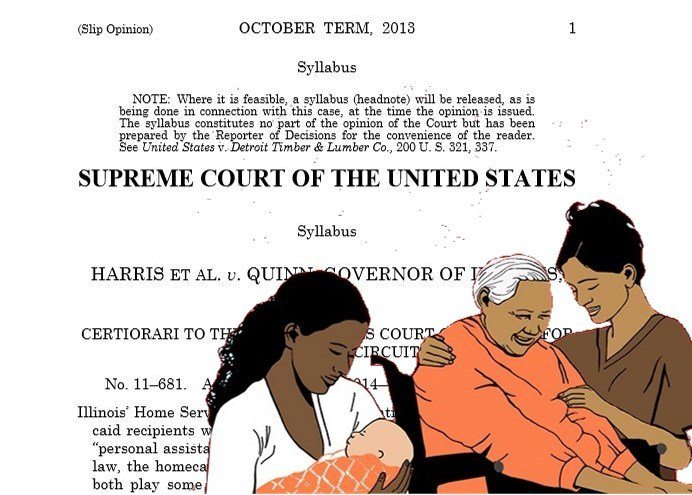
Monday’s U.S. Supreme Court ruling in Harris v. Quinn, which settled an Illinois lawsuit filed by the National Right to Work Foundation, did not strike down the ability of all public employee unions to collect fees from workers. It did, however, appear to create a new class of worker – the “partial public employee” – that could seriously hinder those unions’ organizing efforts.
While it remains to be seen exactly how the court’s decision will play out in the months to come, California in-home caregivers and organizations that represent them and their clients vowed today to carry on with their work. On a teleconference held within hours of the court’s ruling, representatives of unions and care recipients spoke of the importance of unions in the transmission of home health care.
“Homecare workers are a classic example of a workforce that needs to bargain collectively,” said Gary Passmore, a vice president of the Congress of California Seniors. “It’s outrageous that a group of people would challenge the right of these workers to earn a living and to become members of the middle class.”
Under its In-Home Supportive Services (IHSS) programs, California employs nearly 360,000 caregivers who see to the household and health care needs of about 450,000 senior citizens and people with disabilities. Of these care recipients, about 70 percent are family-related to the caregivers.
Vibiana Saavedra, a Santa Maria caregiver who attends to her asthma-disabled daughter, told how her union was essential to helping her navigate complex state rules and paperwork.
“Many of our caregivers may not have the level of education needed to deal with a government agency,” Saavedra said. “All of us [caregivers] benefited from the union helping me.”
Doug Moore, the executive director of the United Domestic Workers of America, whose members include IHSS workers, characterized Harris v. Quinn as a ploy to dilute the power of in-home care workers.
“This case makes some of our most vulnerable citizens at risk,” Moore said. “It is our mission to stand up for the dignity of our most vulnerable citizens. The billionaires behind it have no interest in the welfare of the disabled.”
Laphonza Butler, whose United Long Term Care Workers also represents IHSS employees, was emphatic in stating that the court ruling would not slow labor’s attempts to unite the state’s care workers.
“Before 1999,” said Butler, “when our workers unionized, their wages were about $3 an hour and they had no health benefits. Today’s wages are$ 9.65 an hour with health care. We have no intention of slowing down our organizing efforts.”
Added Vibiana Saavedra: “The in-home care supportive services are so needed. We must make sure our program remains viable. The issue of taking care of people isn’t going to go away.”

-

 The SlickNovember 14, 2025
The SlickNovember 14, 2025Can an Imperiled Frog Stop Oil Drilling Near Denver Suburbs? Residents Hope So.
-

 Latest NewsNovember 19, 2025
Latest NewsNovember 19, 2025How Employers and Labor Groups Are Trying to Protect Workers From ICE
-

 Column - State of InequalityNovember 13, 2025
Column - State of InequalityNovember 13, 2025Barring a Sharp Shift, Health Insurance Costs Will Skyrocket
-

 Latest NewsNovember 18, 2025
Latest NewsNovember 18, 2025Future of Special Education at Risk, Teachers Say, as Trump Moves to Cut Staff and Programs
-
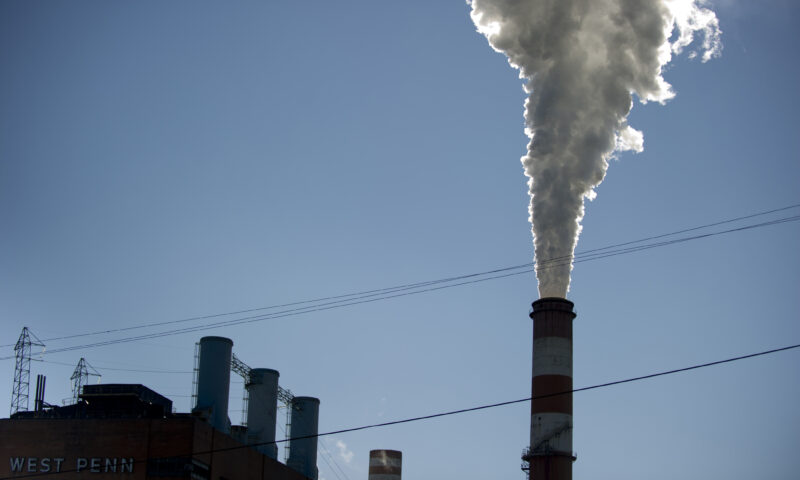
 The SlickNovember 18, 2025
The SlickNovember 18, 2025After Years of Sparring, Gov. Shapiro Abandons Pennsylvania’s Landmark Climate Initiative
-

 Latest NewsNovember 17, 2025
Latest NewsNovember 17, 2025In South L.A., Black and Latino Neighbors Unite Against ICE as Systems Fail
-
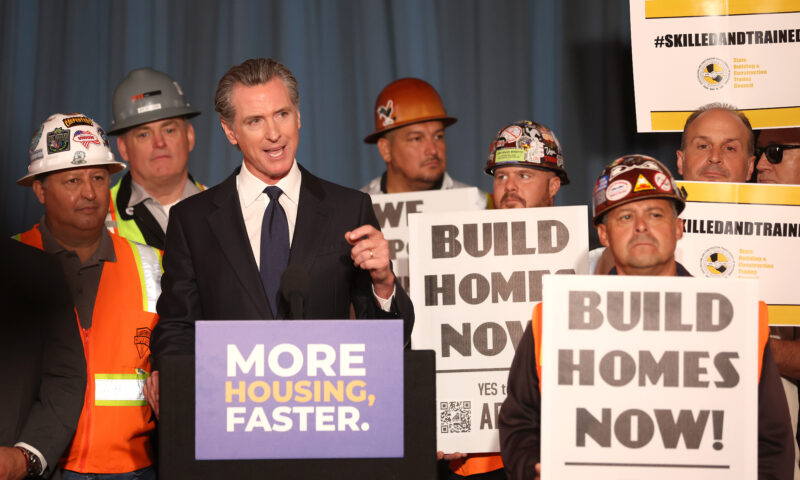
 Column - State of InequalityNovember 21, 2025
Column - State of InequalityNovember 21, 2025Seven Years Into Gov. Newsom’s Tenure, California’s Housing Crisis Remains Unsolved
-
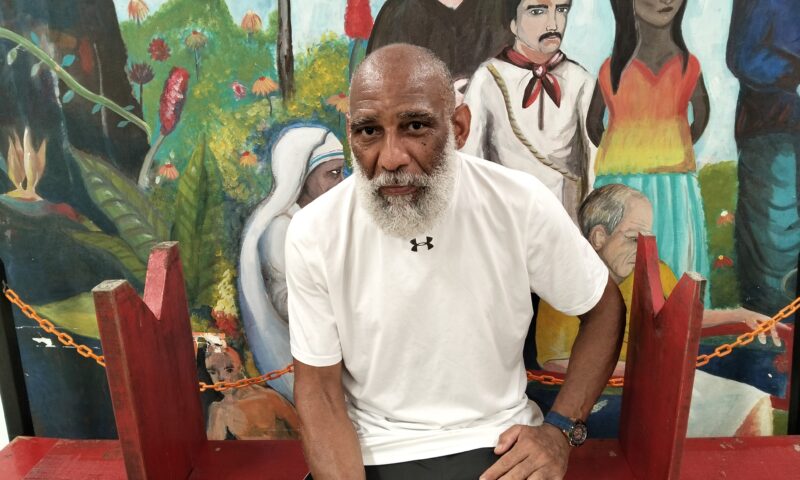
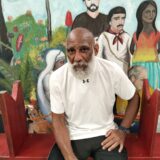 StrandedNovember 25, 2025
StrandedNovember 25, 2025‘I’m Lost in This Country’: Non-Mexicans Living Undocumented After Deportation to Mexico

